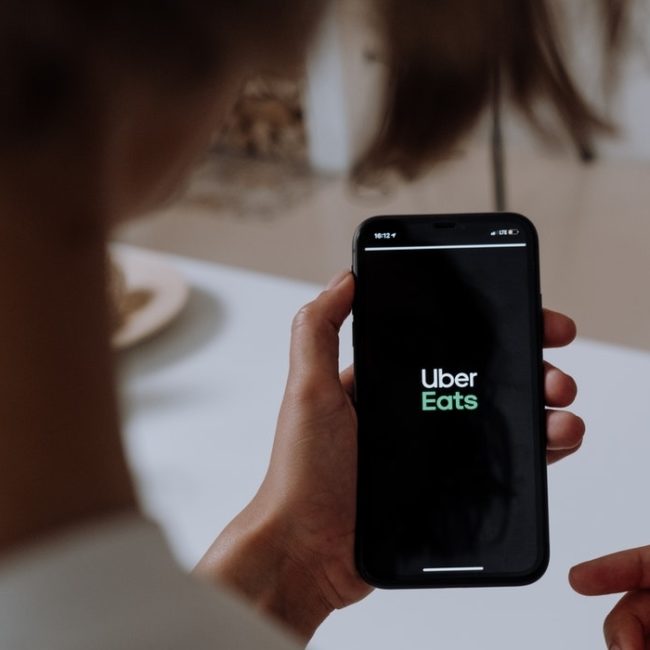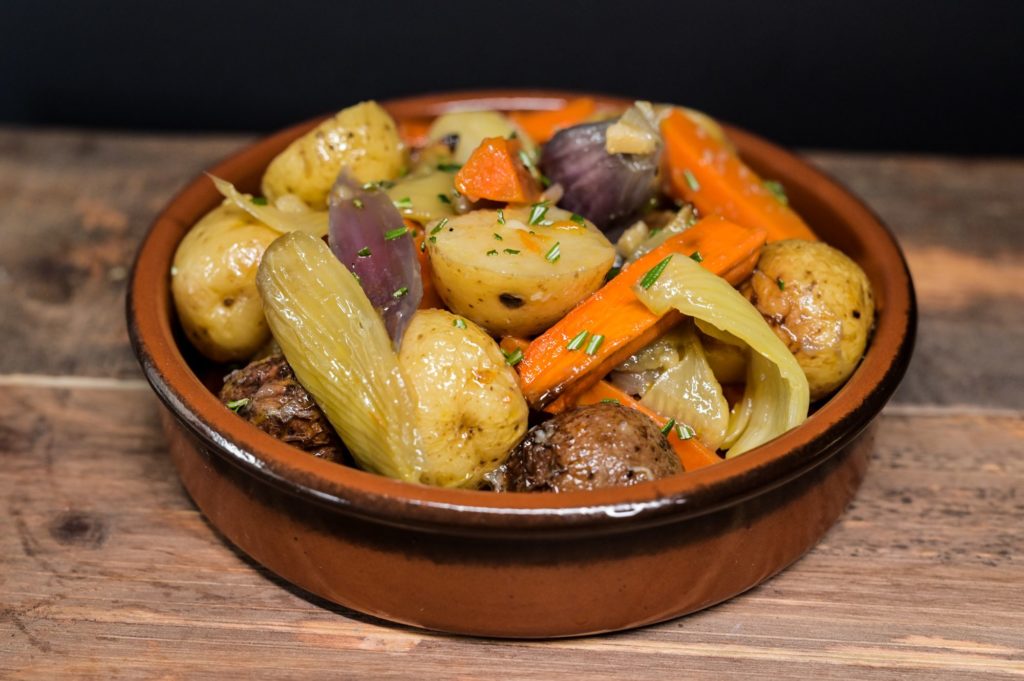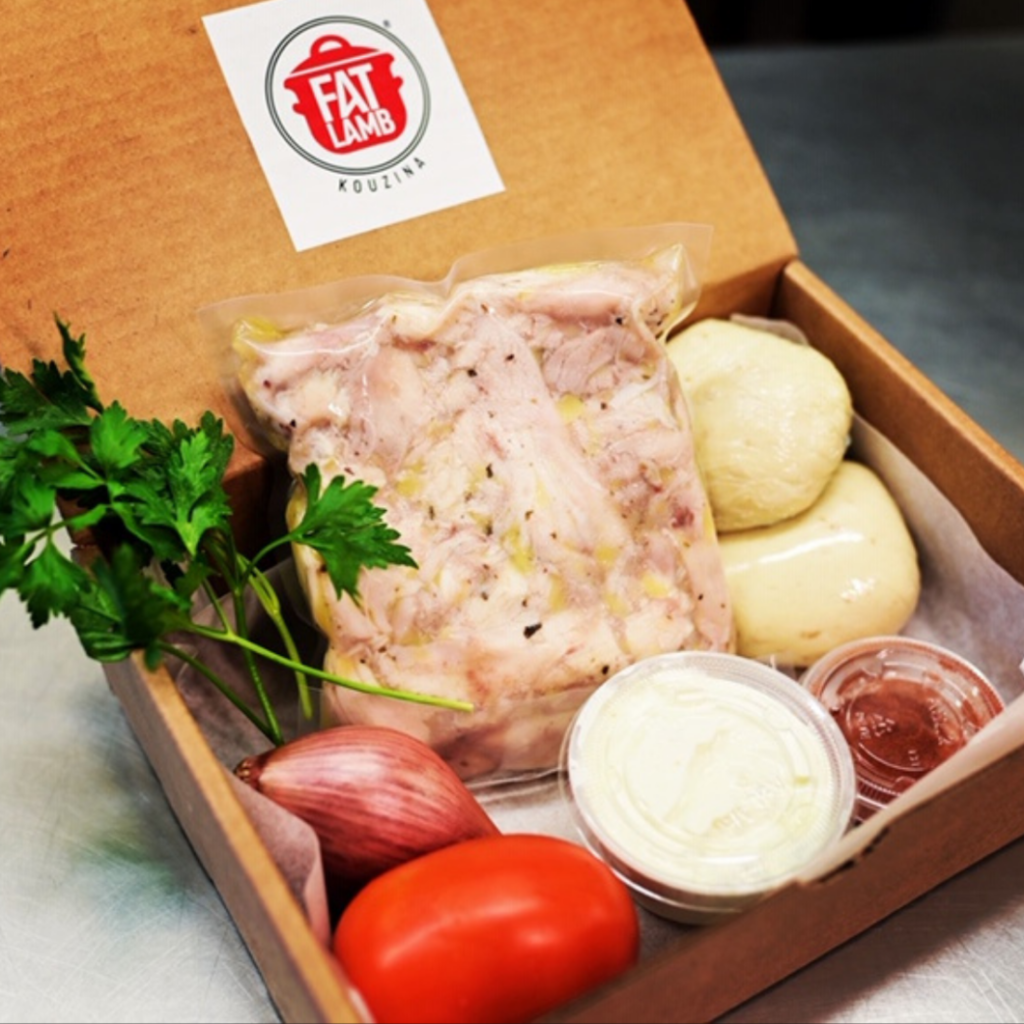Pathways to Profits – How Canadian Restaurants are Surviving On & Off Ordering Apps
According to their self-styled legend, ice cream barons Ben and Jerry enjoyed a busy first season with their roadside ice cream stall. There was just one issue – for all their sales, they weren’t sure if they were actually profitable. They closed up shop for a day and hung a sign out front reading, “We’re closed today to figure out if we’re making any money.”
If you’re a restaurant owner, that scene probably strikes a chord. If you’ve survived the past twelve gruelling months and your business is still going, sincere congratulations are in order. If you’ve been financially treading water, then today is the day, like Ben and Jerry did, to hang a sign out front, pause and ask yourself these questions:
– What have I tried in the last year that has made me money?
– What do I want to hold onto from this period?
– What do I focus on for a more profitable future?
The last year saw the perfect conditions for skyrocketing use of food delivery apps. For restaurant owners, it has been at best a mixed blessing. While apps offer a convenient sales platform, their commission rates can literally kill an unprepared business.
Whether you avoid apps at all costs, lean into working with them, or adopt a hybrid approach, you must protect your profits. How can it be done? We’ve spoken to restaurant owners with radically different solutions.


Rolling out to New Markets
Staying off the ordering apps hasn’t meant Tzoulas and Prifitis have rejected working with other sellers. In the last year, the pair worked hard to build online and in-person retail relationships that work for them.
Fat Lamb Kouzina’s Roll Your Own Pita kits were selected by PC Chef to be a part of the original eight Toronto restaurants for the launch of the uniquely co-branded meal kit service. Artisan food aggregator Toronto Market stocks a select number of Fat Lamb products, and Sanagan’s Meat Locker in Kensington Market sells Fat Lamb’s handmade pitas. Smaller sales in different environments are as much about visibility and the potential to convert new core customers, as they are about direct profits.
“The best way for a restaurant like ours to expand our reach is on social media, word of mouth, asking our customers for testimonials and reviews, and integrating with our neighbourhood and community. Together we are strong!” offers Tzoulas.

Taking Over the Platform
For restaurants that opt to go the app route, the challenges are reversed. The visibility is there, the path to sales is clear, but the difficulty is maintaining profitability in the face of the commissions.
Chris Kalisperas started Happy Burger with the goal of creating a business that was app ready.
“I don’t complain about the apps commissions at all. It’s part of my business plan,” says Kalisperas.
Happy Burger started as a smash burger pop-up in February 2020, run ghost kitchen-style out of a friend’s restaurant and available exclusively through ordering apps. In June 2020, mid-lockdown, Happy Burger moved into a tiny permanent home at the edge of Toronto’s Little Italy. Kalisperas estimates 65% of his orders come in through delivery apps.
“The app is not the enemy. The positives outweigh the negatives. I wouldn’t be able to employ the number of people I employ and pay them what I pay them if I was trying to do everything myself.”
Kalisperas hints at margins that are just strong enough to generate a workable profit in the face of a 20% commission, but the real key to his success is in handling a high volume of sales.
“I’d rather do 300 orders and pay the 20% than do 60 orders and keep all the money.”
And Happy Burger is set up to accommodate hundreds of orders a night. The restaurant has a staff of up to nine working on peak Friday and Saturday night shifts. With an offering of around 6 core products, Kalisperas has created an efficient kitchen where cooks don’t lose time or get derailed switching tasks. Training is also easier when delivering a small, focused menu. Working high volume has significantly brought down Kalisperas’ food costs.
“There are rebates on the back end when it comes to the volume of product that you’re going through – for the sheer volume of potatoes or cheese, or products like that. The savings come back to the restaurant, which helps offset the commissions.”
For beef, Kalisperas insists on Ontario hormone and antibiotic-free meat and pays a premium for it. Keeping the consumer price low is still a high priority, in large part because it feeds the high volume model.
“If I was selling my burger at 10 dollars, I wouldn’t be doing the volume that I’m doing,” says Kalisperas.
A solo Happy Burger goes for just $7.45. The price point goes a long way to creating customer loyalty. Customers are happy to come back often when they know they aren’t going to spend a lot. The restaurant has been open for only ten months and Kalisperas sees customers who have amassed 40 to 70 orders.
“I feel really, really grateful and appreciative. You see that they really like your product,” says Kalisperas.
“The neighbourhood has really been supportive of the restaurant, the whole city has. We just try to do our best and put out the best product that we can and it keeps on going. I don’t have a problem growing with technology at all.”

Towards a New Middle Ground
Between complete rejection of the apps and the wholesale embracing of them, there is evidence of an emerging middle ground. A significant segment of customers are concerned about what app commissions will do to the long-term financial health of their favourite eateries. Restaurateurs have a hard time with the numbers but can admit the increasing demand for convenience is there.
Randy Singh, a software developer, created not-ubereats.com in response to hearing about restaurant closures. The site was started to highlight restaurants that were running their own delivery. However, it now also lists restaurants that are available through the apps – while still encouraging call-in orders. Small operations like Matha Roti can double dip – they can use apps to make themselves available to customers who prefer to stay in that environment, while encouraging higher profit direct orders from app-averse customers.
Since app ordering is here to stay, can it be shrunk down so the revenue stays within the city or the community, instead of fuelling a tech giant? That’s the ambition behind foodiee.ca, a start-up powered by restaurateurs in the Greater Toronto Area. Impressed by the ease of app ordering, but desiring to create a model that didn’t hurt restaurant profitability, they’re reworking the numbers, aiming to charge a lower commission that will also include a 3% community fee supporting a local food bank or registered charity.
Vera Tzoulas offers a summary of the year behind her and her present challenges:
“Since the first pivot, there have been many more. In fact, I feel like that’s all we’re doing, which is okay, because I like thinking on my toes, I like figuring out what’s working, what’s not, how to tweak things, how to make it better, what are people looking for – but it is exhausting.”
For perseverant owners like Tzoulas and Kalisperas, they’ve not had the luxury of pausing to hang up the sign out front, like Ben and Jerry did – it’s been a constant process of learning while in motion and staying profitable on their own terms.

